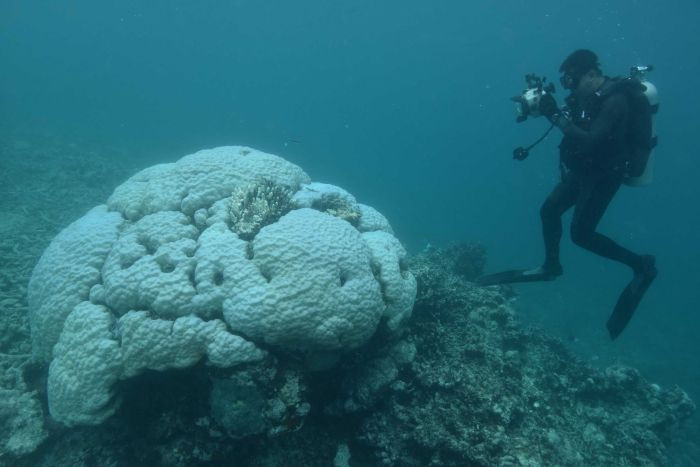Scientists stumble upon ‘unexpected’ reef at the mouth of Amazon River, find most amazing and colourful animals

Areas where large rivers empty themselves into the world’s oceans are known as plumes. On a recent expedition to investigate the Amazon River plume, scientists stumbled upon a new reef system at the mouth of Amazon River that discharges the largest amount of water in the Atlantic Ocean. As plumes create gaps in reef distribution along tropical shelves, finding such a reef was totally unexpected.
The findings of the exploration were documented by the scientists in a study, published in the journal Science Advances. The international team of scientists included researchers from Federal University of Rio de Janeiro (UFRJ) and University of Georgia. The scientists were on an expedition to investigate the plume when they found evidence of a reef system along the continental shelf.
The discovery team was led by reef ecologist Rodrigo Moura and Fabiano Thompson from UFRJ and Carlos Rezende from the State University of North Fluminense.
The Amazon plume is responsible for the salinity, light penetration, pH levels and sedimentation of a large area covering tropical North Atlantic Ocean. These conditions correlate to the major gap in Western Atlantic reefs.
“Dr. Moura had an article from the 1970s that mentioned catching reef fish along the continental shelf and said he wanted to try to locate these reefs. We brought up the most amazing and colourful animals I had ever seen on an expedition,” said Patricia Yager, principal investigator of the River-Ocean Continuum of the Amazon project and associate professor of marine sciences in UGA's Franklin College of Arts and Sciences.
The discovery of the new reef system is capable of providing scientists a broader view of the reef community, its variations and changes. The microorganisms that thrive in the dark water underneath can provide trophic connection between the river and the reef.
“In the far south, it gets more light exposure, so many of the animals are more typical reef corals and things that photosynthesize for food. But as you move north, many of those become less abundant, and the reef transitions to sponges and other reef builders that are likely growing on the food that the river plume delivers. So the two systems are intricately linked,” added Yager.
However, just like Australia’s Great Barrier Reef, this reef is also threatened by ocean warming and acidification. Human impacts pose immense threat to the reef. Offshore oil explorations may put the entire reef system under threat.





















